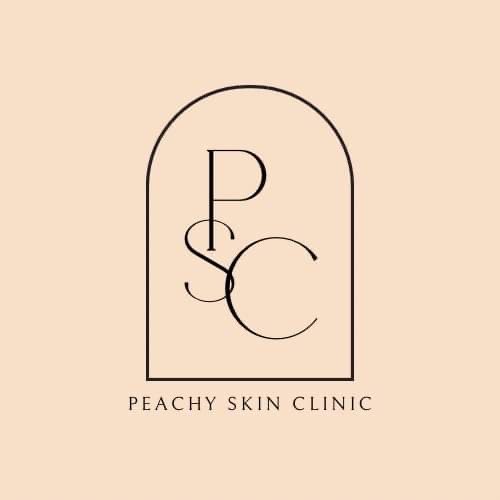GOOD IPL vs BAD IPL
So, we did a poll on our story to see if you wanted to know why a particular before and after alarmed me SO much. Instead, I’ll use a Google image to show the difference between good and bad IPL.
.
The above image is a great example of how judgement, experience and training play an integral role in performing IPL treatments.
There isn’t one setting, turn the machine on and go. Every client is different and every day that they come in is different. Their skin and setting can be totally different from one treatment to the next, depending on their sun exposure, medications and or products being used. So I can’t emphasise enough that you should leave IPL to the experts!
It is imperative to work within the Fitzpatrick scale every single treatment. The Fitzpatrick Scale is a numeral classification for human skin colour. The darker you are, or the more melanin your body creates determines how high you are on the scale. Your Fitzpatrick skin type and correct setting is the fundamental key in a successful IPL treatment, along with sun protection before and after treatment.
This I cannot stress enough.
Clinics often will entice you by showing you dramatic before and after photos. Your attention is usually being captured by the dark, pigmented image. That’s not what the client’s skin looked like when they walked in. That is post treatment; while you’re in the downtime where the micro crusting occurs. Then you will see the after photo, which will be up to 4 weeks later, with hopefully just a clear, smooth skin tone lacking any sun damage and looking plump.
This is a great result.
However, we see less of that and more and more after images with uneven skin tone. This means the IPL technician missed areas and often I see burns. VERY OFTEN.
There are different stages of a burn. This picture captures them.
In the image you see the dark rectangles, these are burns in the micro crusting stage — so a day later, maybe a few more. The dark rectangles are secondary to becoming red and inflamed almost instantly. Once the crusting falls off you’re left with red or pink scarring. This will stick around for a LONG time.
In so many ‘afters’ I’m seeing almost all pigmentation cleared, which is all the client is seeing, but accompanied by pink scars all over the area which is a burn.
This is not a great result. This would be a refunded treatment, ongoing free light therapy and possibly costing a clinic thousands of dollars in keeping the client happy enough not to take it
further.And your very very damaged skin!
Removing too much pigment can result in hypopigmented skin, so the need for expert advice is crucial. Hypopigmented skin is permanent, it means melanocytes have actually died, and you can’t add pigment back in.In terms of safely removing pigment, less is definitely more. Slow and steady wins the race when it comes to Photo Rejuvenation.
So, please do your research when it comes to IPL and who is administering it.There’s a very fine line between a good treatment and a poor treatment. The condition of the skin, age of the client and their medical history all need to be considered. It can be very dangerous if in the wrong hands.
In no way am I discrediting other clinics. However, I do think it’s important to be educated on what you’re actually looking at. ✌🏻

